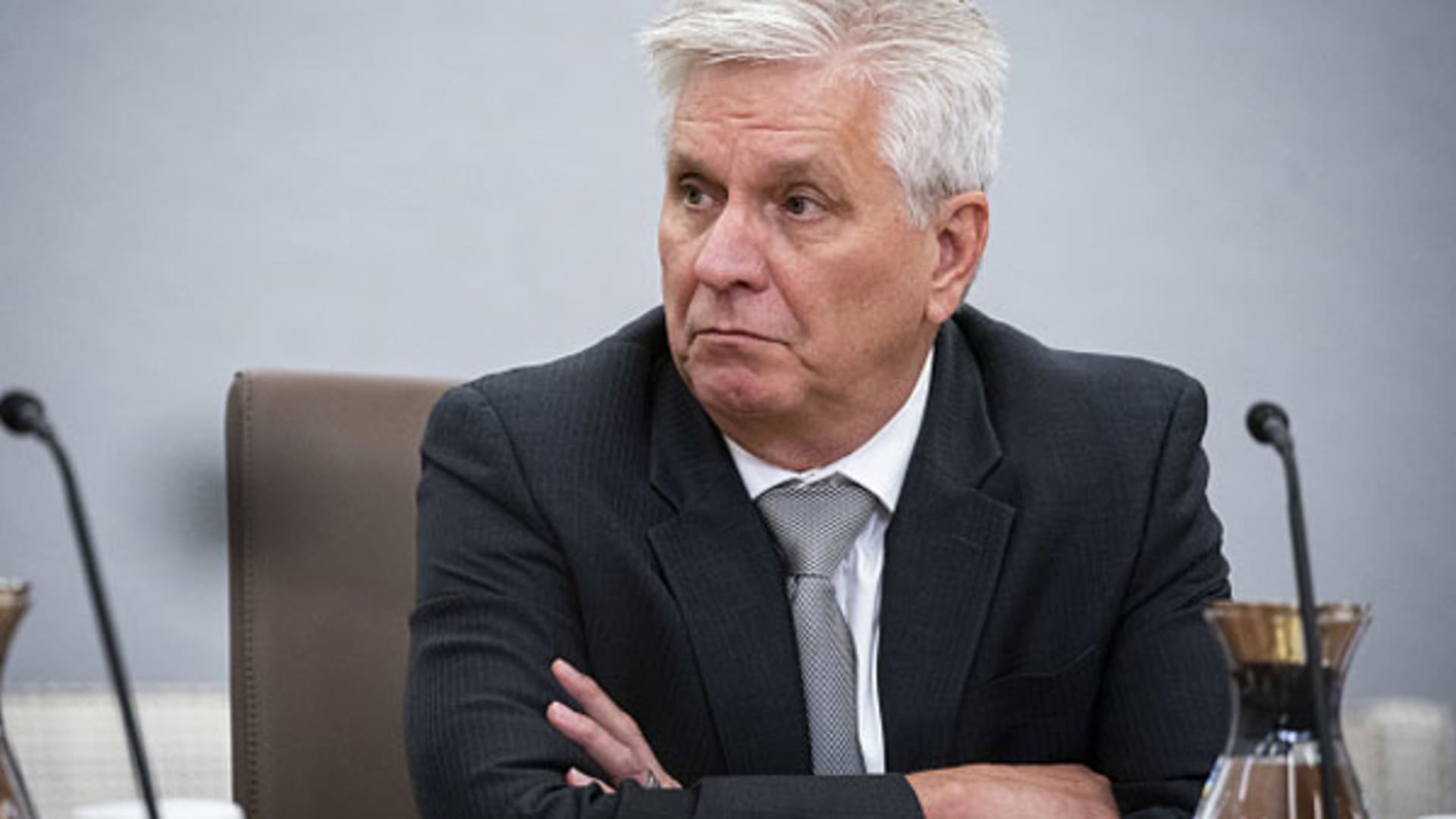
Federal Reserve Governor Christopher Waller spoke on the economic outlook at an event co-sponsored by the Notre Dame Club of Minnesota. He said he will need to see more evidence that inflation is cooling before supporting interest rate cuts, as higher-than-expected inflation readings for January raised questions on where prices are heading and how the Fed should respond. Waller also noted that while data received up to January 16 showed three- and six-month measures of core personal consumption expenditures (PCE) inflation running at 2 percent, which is the goal for total inflation, recent data has shown an uptick in monthly core CPI inflation coming in at 0.4 percent.
